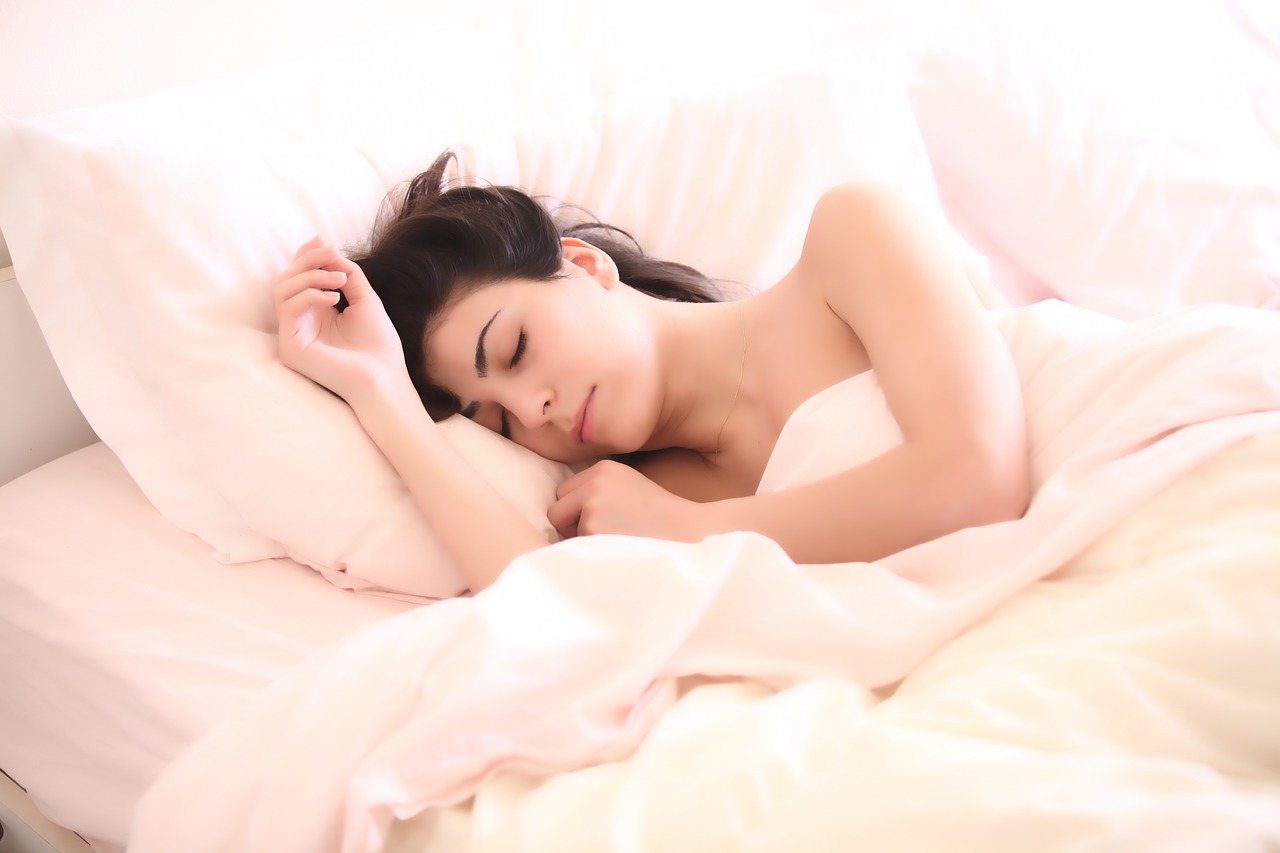How to Establish a Healthy Bedtime Routine
Also known as “sleep hygiene,” it’s a series of best practices that are customizable to each person to ensure better, longer, less disturbed sleep. The National Sleep Foundation reports that the majority of adults don’t get enough sleep. It’s tough, particularly in a society with technology addiction and where lack of sleep is seen as something to brag about. Around the world, lack of sleep has become synonymous with a sign of strong willpower. In a previous South Korean presidential election, one candidate regularly stated that he only needed about two hours of sleep per night.
Would you want to get surgery or fly on a plane with a pilot who didn’t get enough sleep? Probably not—so why do we do it to ourselves? A lack of sleep hygiene means we’re not functioning at full capacity. We suffer, our work suffers, our relationship suffers, and it impacts every part of our life.

There’s no perfect sleep hygiene routine that will suit every person. First, you need to determine how many hours you naturally need. Eight is just an average. Some people need more or less, while others prefer several naps in a 24-hour period instead of one long stretch of sleep. Experiment on your weekends and see how many hours you average to wake up naturally without an alarm.
Here are a few of the best practices for sleep hygiene that work for many people. Try them out and see what works for you:
· Ditch the screen at least two hours before bed.
The sooner you stop looking at a screen, whether it’s a television, computer, or phone, the better. Looking at a screen keeps your body alert, and can trick it into thinking it’s daytime. Challenge yourself to go screen-free starting at two hours before bedtime and inch your way towards more hours.
· Remove all technology from your bedroom.
This includes anything with a light, including your phone. The “blue light” that technology emits is proven to disrupt your sleep. It also makes it tempting to be on your phone until you fall asleep or to check it as soon as you wake up. Spring for an old-fashioned alarm clock, or set your phone’s alarm to a high volume and in an adjacent room (while keeping all notifications besides the alarm silent).
· Avoid caffeine after the afternoon.
Coffee, tea, and soda all contain caffeine that can lurk in your body for hours, keeping your mind and body awake even when you should be sleeping. Schedule a cut-off time and stick to it. However, non-caffeinated tea that’s designed to make you relaxed, such as chamomile, can be a great part of a sleep hygiene routine and help tell your body it’s time for bed.
· Indulge in an activity that’s relaxing to you.
Instead of watching television until you turn off the lights, pick a new type of routine and treat yourself to a bath, slow yoga session, or other activity that relaxes you. “Legs up the wall” is a fantastic yoga asana that reverses the blood flow and helps you achieve a sounder night’s sleep.
· Keep the room dark and cool.
It’s been found that around 60 degrees is the ideal temperature for sleep. Also, a dark room helps you sleep since it simulates melatonin promoting your sleep-wake cycle. Minimize any light, and invest in blackout curtains if possible. Most humans are designed to sleep at night and be awake during the day, but heat and light can trick our bodies into thinking they should be awake. Make your bedroom a cozy haven you look forward to relaxing in.
· Practice meditation.
Meditation provides countless benefits, and before you go to sleep can help you clear the clutter out of your mind. People have a tendency to obsess over worries and pending deadlines when they go to bed, but a meditation practice can help you keep things compartmentalized. Breathing practices, or pranayamas, can also help you relax.
These are just a few of the most popular sleep hygiene regimens. A quality skincare routine or putting out clothes for the next day can also help. What are your favorite sleep hygiene tricks?
















Add Your Comment